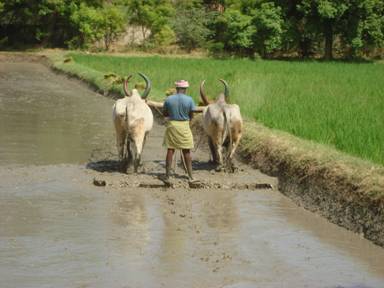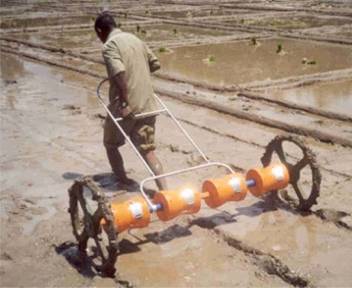
|
||||||||||||||||
| Home | Seasons & Varieties | Tillage | Nutrient Mgmnt | Irrigation Mgmnt | Weed Mgmnt | Crop Protection | Cost of Cultivation | Photobank | ||||||||||||||||
Crop Production :: Cereal :: Rice :: Wet Seeded Puddled Lowland |
||||||||||||||||
WET SEEDED PUDDLED LOWLAND RICE WET SEEDED RICE Area
Season
Field preparation
Varieties All the varieties recommended for transplanting can do well under direct wet seeded conditions also. However, the following varieties are more suited.
Sowing
After cultivation
Manures and fertilizer application
Weed management
Water management
Other package of practices
Updated on : May 2013 |
||||||||||||||||
| Home | Seasons & Varieties | Tillage | Nutrient Management | Irrigation Management | Weed Management | Crop Protection | Cost of Cultivation | Disclaimer
© All Rights Reserved. TNAU-2016. |
||||||||||||||||



